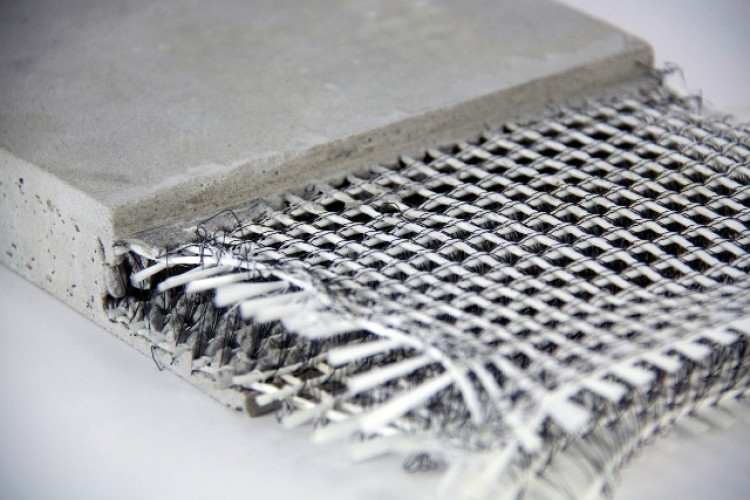Composites: The Future of Sustainable Building Materials
Composites: The Future of Sustainable Building Materials
Blog Article
From Waste to Marvel: How Recycled Composites Are Reinventing Various Applications
As industries worldwide are significantly focusing on sustainability and environmental responsibility, the use of recycled composites has emerged as a transformative solution throughout various fields. From improving the performance of automotive parts to supplying lasting choices in construction materials, the applications of recycled composites are substantial and appealing.
The Surge of Recycled Composites
The boosting fostering of recycled composites in numerous markets reflects a growing recognition of their environmental and economic advantages. Recycled composites, stemmed from products such as recovered carbon fiber or recycled plastics, supply a sustainable option to traditional materials without endangering on efficiency. Industries varying from automobile and building to aerospace and consumer items are increasingly turning to recycled compounds to fulfill their manufacturing demands.
One key chauffeur behind the surge of recycled composites is the push towards sustainability and eco-friendliness. Companies are under raising stress to decrease their carbon footprint and lessen waste generation. Recycled compounds supply a solution by using materials that would otherwise wind up in land fills, thus advertising a round economic climate.
Additionally, the financial benefits of using recycled composites can not be disregarded. These materials are commonly much more affordable than their virgin equivalents, offering companies a method to decrease production costs without giving up top quality. As innovations in recycling innovations continue to improve, the adoption of recycled composites is anticipated to more rise across diverse industries.
Benefits in Automotive Industry

Sustainable Solutions in Building And Construction
Incorporating sustainable practices in construction jobs is crucial for decreasing environmental impact and promoting long-term viability in the developed setting. With the building sector being one of the biggest factors to carbon discharges and waste generation globally, the adoption of sustainable options is vital in alleviating these adverse impacts. Recycled composites are playing a substantial role in revolutionizing building methods by supplying a more eco-friendly option to conventional building materials.
Recycled compounds, originated have a peek here from products such as recovered timber, plastic, and rubber, offer a sustainable choice for different building applications. These materials not only assist in reducing waste yet likewise supply strength, flexibility, and longevity comparable to conventional building materials. By including recycled composites into structure styles, building and construction projects can contribute to resource preservation and energy performance while maintaining high performance criteria.
Additionally, making use of recycled composites in building straightens with the expanding need for green buildings and sustainable framework. As ecological policies end up being stricter and the focus on sustainability heightens, the building and construction industry is progressively transforming to recycled compounds as a feasible service for developing eco-conscious buildings and frameworks.
Eco-Friendly Innovations in Packaging
Naturally degradable materials such as mushroom packaging, seaweed-based films, and compostable plastics supply promising remedies to the plastic contamination situation. These ingenious products not only break down normally, minimizing ecological effect, but also give equivalent performance and resilience to traditional product packaging alternatives.
Furthermore, the integration of recycled products into product packaging production procedures better enhances sustainability initiatives. By including post-consumer recycled material, firms can decrease the demand for virgin materials, save natural resources, and promote a circular economy in the product packaging industry.
Transforming Textiles With Recycled Composites
In the world of sustainable products, the focus now changes towards transforming fabrics with the innovative usage of recycled compounds. This evolution in fabric manufacturing is driven by the pushing requirement read what he said for more environment-friendly methods in the fashion and fabric sectors. Recycled composites offer an appealing service by integrating materials like plastics, carbon fiber, and glass fiber to develop flexible and durable textiles.
One of the vital advantages of utilizing recycled composites in fabrics is the capability to repurpose waste products that would or else wind up in land fills. By integrating recycled aspects right into textiles, manufacturers can minimize their ecological impact and contribute to a much more round economy - composites. Furthermore, fabrics made from recycled compounds commonly show improved durability, toughness, and efficiency qualities, making them perfect for a vast array of applications
As consumer need for sustainable items continues to increase, the adoption of recycled composites in fabrics is poised to grow substantially. This shift in the direction of even more eco-friendly fabric production not only profits the see it here world but also opens up new chances for innovation and creative thinking in the style and textile sectors.
Verdict

From boosting the performance of vehicle parts to offering sustainable options in building and construction products, the applications of recycled compounds are promising and huge. Recycled compounds, acquired from materials such as reclaimed carbon fiber or recycled plastics, use a sustainable choice to traditional products without compromising on efficiency. In addition, the usage of recycled composites advertises the circular economic situation by drawing away waste from garbage dumps and minimizing the need for virgin raw products - composites.Recycled compounds, acquired from products such as reclaimed plastic, rubber, and timber, supply a sustainable alternative for numerous construction applications.In the world of lasting materials, the emphasis now shifts towards changing fabrics with the ingenious use of recycled composites
Report this page